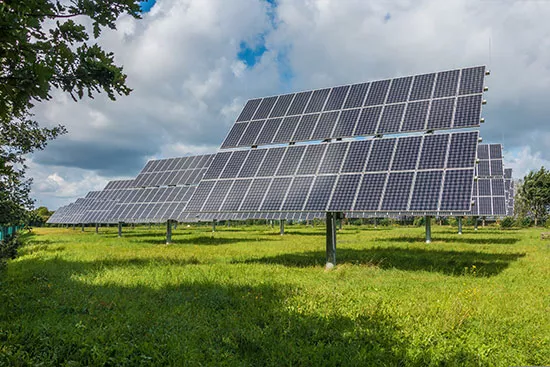Certificate for solar panels
Need a solar panel certificate?
The structural integrity report for solar panels is an official document issued by engineers and structural experts. It certifies that a photovoltaic installation meets the safety and stability requirements set by relevant regulations and standards. This certificate is essential to ensure that the solar installation remains sturdy and safe throughout its lifespan, thereby ensuring optimal performance and long-term durability.
Process of obtaining the certificate for solar panels
Site evaluation
Analysis and calculations
Technical report
Certificate issuance
Importance of structural certificates for photovoltaic installations
- Guaranteed Safety: Having a certificate ensures that the support structure for the solar panels has been evaluated and designed to withstand wind loads, snow loads, and other environmental factors, avoiding potential damage to property and third parties.
- Regulatory Compliance: A structural certificate ensures that the installation complies with applicable building codes and standards, preventing potential fines and penalties for non-compliance.
- Maintenance and Longevity: Certification guarantees that the installation is designed to withstand the test of time, minimizing the need for costly repairs or premature replacements.
- Reliable Energy Generation: Well-anchored and protected solar panels can produce energy consistently and efficiently, maximizing return on investment and reducing payback time.
Contact us
Basic information on data protection
Responsible: Cero Metros Cuadrados, S.L.
Purposes: Manage the sending of information that you request. Sending commercial communications.
Legitimation: Consent. You can withdraw consent at any time.
Recipients: Your data will not be transferred to third parties except in case of legal obligation.
Data subject's rights: To access, oppose, rectify and have their data deleted, as well as other rights as explained in the additional information.
You can access additional and extended information at this link.
FAQ
Why is it necessary to obtain a certificate for solar panels?
It is essential to obtain this certificate to ensure that the support structure for the solar panels complies with current safety standards and regulations. Additionally, regulatory bodies and insurance companies typically require this certificate to ensure the reliability and durability of the installation.
What factors are considered when issuing a solar panel certificate?
When issuing the certificate, factors such as geographical location, wind and snow load, the quality and strength of the materials used, the design of the structure, and its capacity to withstand static and dynamic forces over the system’s lifespan are taken into account.
What are the advantages of having a solar panel certificate?
Having this certificate provides the trust that the installation is safe and reliable, reducing the risk of structural failures and long-term damage. It can also facilitate the approval of permits and licenses, and in some cases, be a requirement for accessing incentives or financing for solar projects.
Is it possible to obtain a certificate for solar panels after the installation has been completed?
Yes, it is possible to obtain a structural certificate afterwards, especially if the structure has been designed and built to the appropriate standards. In this case, a review and evaluation of the existing structure will be carried out to determine its compliance with safety requirements.

